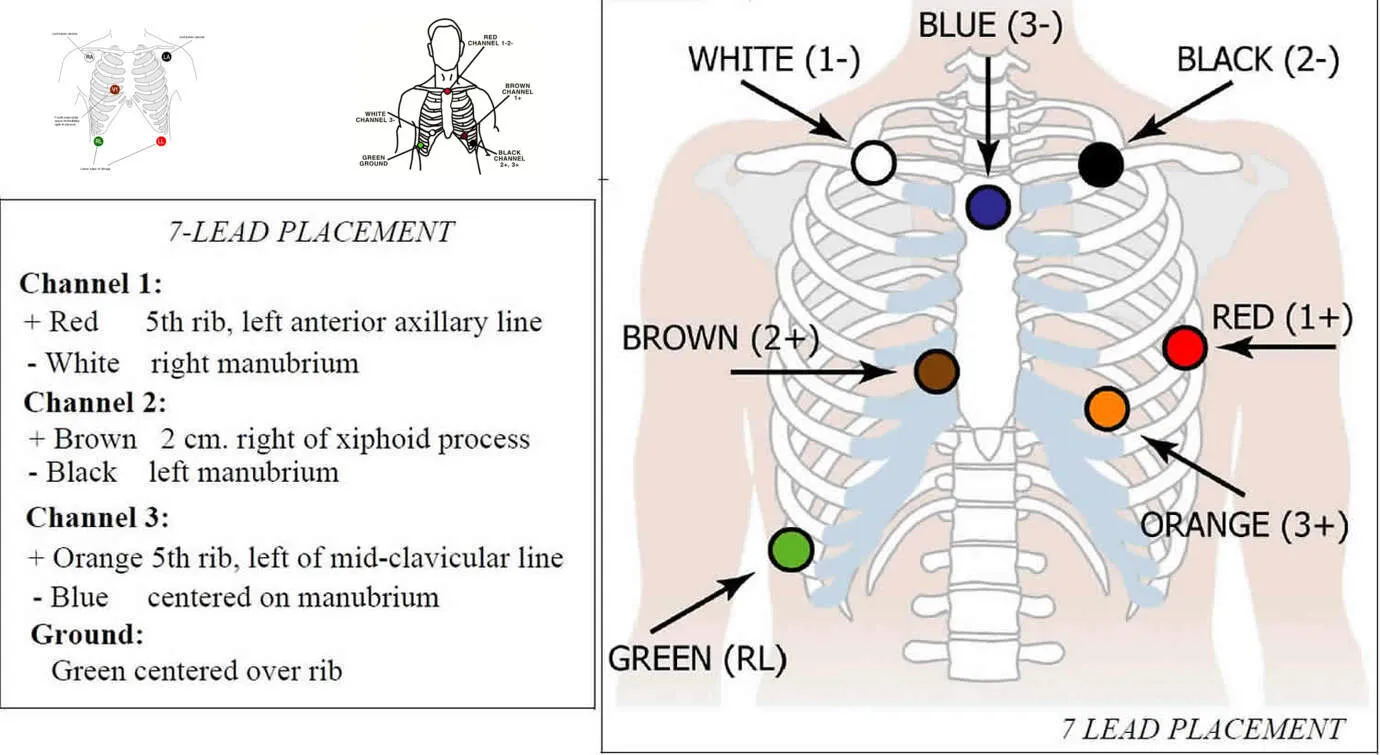
Holter Monitor Instructions
Introduction of Holter Monitor Instructions
Holter monitors are essential for long-term cardiac activity monitoring since they record information that regular examinations could overlook. Adhering strictly to the guidelines provided by the Holter monitor guarantees reliable data and helps with diagnosis and therapy.
Preparing for the Holter Monitor Test
It’s important to think about your attire and accessories before starting your Holter monitor adventure. Wear loose clothing and stay away from shiny items since they might skew the monitor’s findings. Showering and bathing should also be considered because the monitor has to be dry in order to perform at its best.

Application of the Holter Monitor
Proper placement of electrodes on the chest is crucial for accurate readings. Your healthcare provider will guide you through this process, ensuring each electrode is secured in the right position. A snug but not overly tight fit of the monitor guarantees precise data collection.
Wearing the Holter Monitor
While wearing the Holter monitor, prioritize comfort. Consideration for the placement of the monitor is vital to avoid interference with daily activities. It’s designed to be inconspicuous, allowing you to go about your day while the device diligently records your heart’s activity.
Recording Events and Symptoms
Maintaining a diary during the monitoring period is highly recommended. Note any specific activities, sensations, or symptoms you experience. This information aids healthcare professionals in correlating the data with your daily routine and symptoms.
Handling Discomfort or Issues
If you experience discomfort or encounter issues with the monitor, address them promptly. Skin irritation can be alleviated by adjusting the placement of electrodes or using hypoallergenic adhesives. In the case of a loose or detached electrode, contact your healthcare provider for guidance.
Article About:- Health & fitness
Article About:- Medical Technology
Article About:- Soprts

Maintaining Regular Activities
Don’t let the Holter monitor disrupt your routine. Continue with your regular activities, balancing exercise and rest as usual. This ensures that the recorded data represents your typical daily life, contributing to a more accurate assessment.
Understanding the Monitoring Period
Holter monitor tests vary in duration, typically ranging from 24 to 48 hours. Understanding the monitoring period is essential, as it directly impacts the data collected. Follow your healthcare provider’s instructions regarding when to start and stop the monitoring.
Interpreting the Results
Once the monitoring period concludes, resist the urge to analyze the results yourself. Wait for your healthcare professional to interpret the data thoroughly. Common findings might include occasional irregularities, but your healthcare provider can determine if further investigation or treatment is necessary.
Post-Monitoring Care
When it’s time to remove the Holter monitor, do so carefully to avoid any discomfort. Follow any additional instructions provided by your healthcare provider. They may require you to return the device promptly or provide information on the next steps in your treatment plan.
Benefits of Holter Monitoring
Holter monitoring offers distinct advantages, such as detecting irregularities that routine exams might miss. This comprehensive data collection facilitates accurate diagnosis and enables healthcare professionals to tailor treatment plans to individual needs.
Addressing Common Concerns
It’s natural to feel some anxiety about wearing the Holter monitor, but remember its vital role in your cardiac health. Honest reporting of symptoms and activities ensures the data’s accuracy, contributing to effective diagnosis and treatment.
Conclusion Holter Monitor Instructions
Holter Monitor Instructions: To sum up, following the directions on the Holter monitor is essential to a successful and accurate test. The data acquired during this observation phase can be crucial in detecting arrhythmias and creating efficient therapy regimens.

Holter Monitor FAQs
Can I shower with the Holter monitor on?
Yes, you should avoid showering or bathing with the Holter monitor to prevent damage and ensure accurate readings.
How tight should the Holter monitor be?
The monitor should be snug but not overly tight to ensure comfort while maintaining accurate data collection.
Can I exercise during the monitoring period?
Yes, continue with your regular activities, including exercise, to provide a holistic picture of your heart’s activity.
What if I experience skin irritation?
If you notice skin irritation, consult your healthcare provider. Adjustments in electrode placement or hypoallergenic adhesives may help.
How soon will I get the results?
Results are typically analyzed by your healthcare provider shortly after the monitoring period concludes.
What should you not do before a Holter monitor?
The readout from the Holter monitor may be impacted by or interfered with by a few different things. Close proximity to magnets, metal detectors, high-voltage electrical wiring, and electrical gadgets like microwave ovens, toothbrushes, and shavers are a few examples of these, but they’re not the only ones.
What are the rules for Holter monitor test?
Limitations When Putting on a Holter Monitor
Avoid getting damp Holter monitors.
Keep Magnets Away.
Steer clear of electrical wires.
Avoid Contacting Metal Detectors.
Steer clear of electronics.
Maintain a 6-inch distance between cell phones, MP3 players, and other devices.
Give up drinking and smoking.
How do you prepare for a 24 hour Holter monitor?
Setting up a 24-hour Holter Monitoring System
You won’t be able to take a bath or a shower with the monitor on, so do that before your visit. Please avoid putting body lotion on your chest as this might cause issues with the electrodes that are attached.
Can I use my phone while Holter?
Patients are usually allowed to carry out their regular daily activities, with the exception of bathing, swimming, and showering. Wearing the monitor while using a microwave, mobile phone, or other electrical equipment is OK; there is no chance of electric shock.




